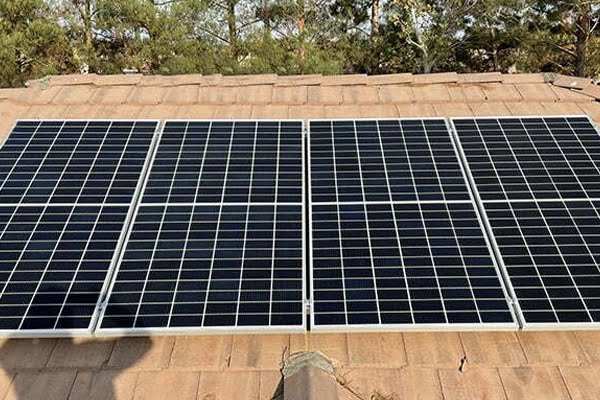Last month, Mayor Eric Garcetti on top of a 2.21 Megawatt roof top solar system announced Los Angeles as the city with the most installed solar, more than any other city in America. A 44% increase in renewable solar power over the last year. This can only mean that L.A. is on the path to become the city with the Electric Vehicles (EV) on the road. And while rooftop solar panels aren’t a requirement for adding an EV, if a homeowner or business already has solar or is considering making the investment, adding a car charging station to the system is a practical and straightforward option. Combining an Electric Vehicle with a solar system is the best way to keep both your recharging costs and your EV’s carbon footprint to a minimum. Ideally, when going solar you’ll want to install the components to charge the EV.
Setting an EV Charging Station In your Home
Hooking up an electric car charging station to a solar system bring more affordability to the price of electricity used to charge an EV. Not only is charging an EV from home more convenient, it also costs less than charging at most paid stations.
Typically, people will use a standard 110V AC wall socket to charge their electric cars at home – which can be very time consuming. Charging in this way may take up to 20 hours, so you’d only be able to drive every other day. To charge faster, you’ll want two parts: a 240V outlet and a charger.
Outlet
You will need to hire an electrician to connect an outlet to the main service panel. The most common outlets for Level 2 charging (what most EVs use) are NEMA 14-50 (240V, 50A) or NEMA 14-30 (240V, 30A). These outlets can cut down your charging time to under 8 hours. If you’re going solar or already have a rooftop solar system, the electrician can connect the outlet directly to the system.
Charger
EV chargers are not especially exotic and can be found at your local hardware store, with prices anywhere from $400 to $3,000. Your EV dealer and/or installer will suggest a range of choices for your vehicle’s brand and model. Once the outlet is installed, you can plug the charger right in to power your EV. If you want to move or change your charging equipment, you just disconnect the plug.
EVs and Energy Storage Work Well Together
If you have an energy storage unit (battery) like a Tesla Powerwall or LG Chem RESU 10 installed, you’ll have even more options for charging your EV. You can use it to time-shift your power consumption, since many utilities charge more for grid-supplied electricity in the middle of the day, when air conditioners are on and demand is high. If you have residential energy storage, you can use the battery to charge your EV whenever you like. Batteries combined with solar means you’ll always have power, storing energy away for when the sun isn’t shining. A battery can also be useful for charging your EV in case of an electrical grid outage.
Your EV Outlet May Give You a Kickback
Many utilities have special rates for EV owners to make charging more economically viable. Sometimes they’ll install a meter just for the EV outlet, and if you only charge your EV during off-peak hours, they’ll charge you a discounted rate for that power. You may also be eligible for rebates and other incentives. For instance, Burbank Water & Power customers who add EV chargers can get $500 back. The same goes for the customers of LADWP and Anaheim Public Utilities.
If you have any questions or if you’re ready to purchase solar for you EV about adding an electric car charging station for your home, would like to know if your main electrical panel will need an upgrade, how long it’ll take to charge your EV, or anything else about electric vehicles and solar power, we’re here to make sure you have the satisfaction of knowing you’re keeping both your carbon footprint and EV charging costs down.





